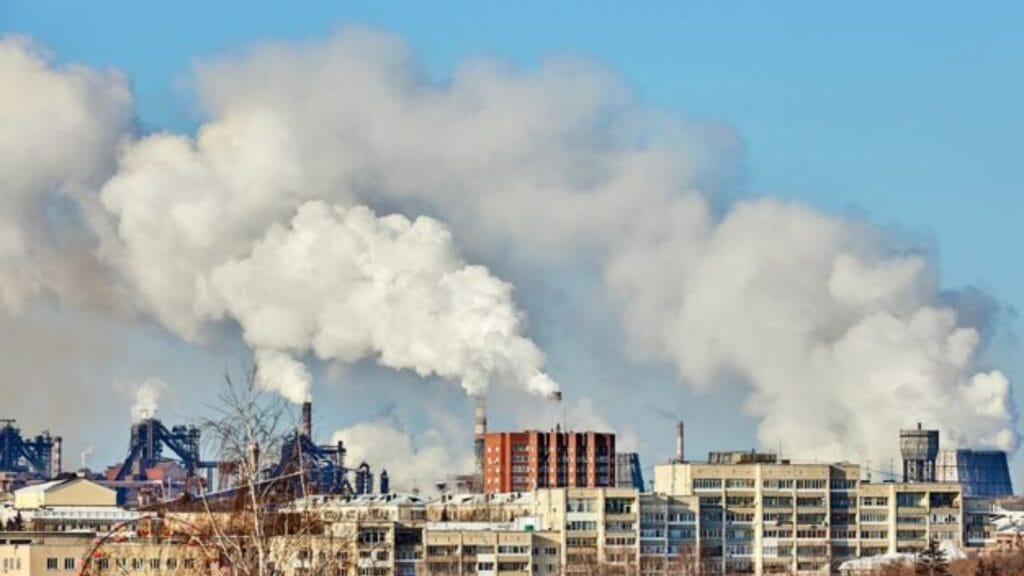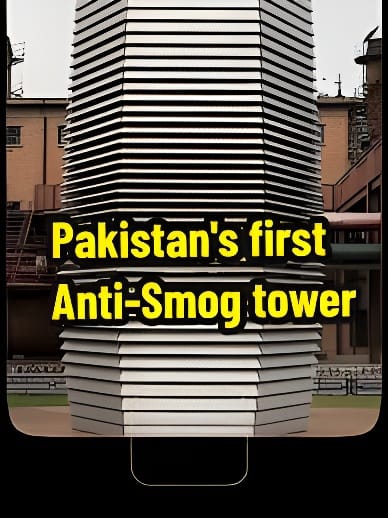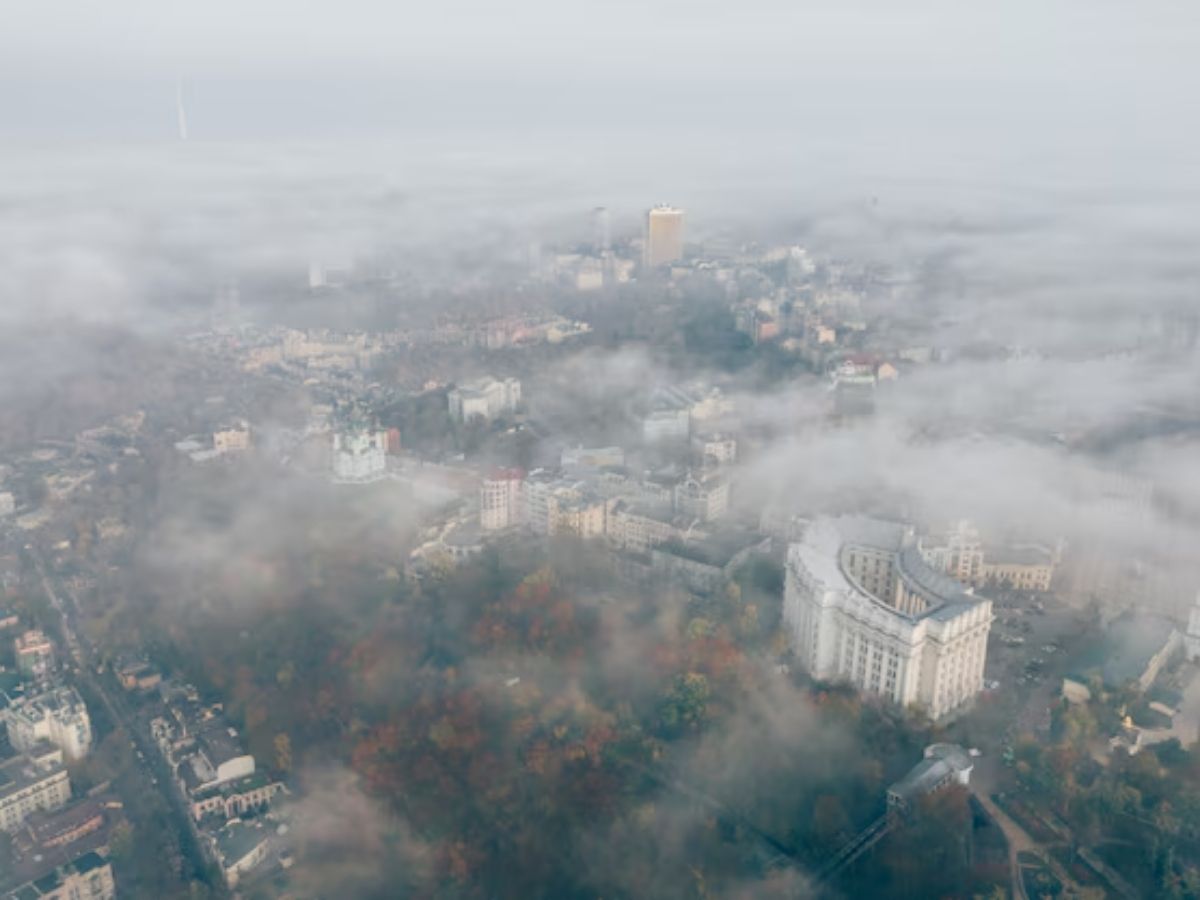The Effects Of Air Pollution On Environment
The rising levels of air pollution, particularly in Punjab and KPK, are having severe adverse effects on our health and the environment. The thick, toxic smog that blankets these regions is a direct consequence of increasing industrialization and rapid urbanization. As the situation becomes more critical, we are all facing serious threats to our well-being.
Step Taken By Government
The government has given a one-week holiday in schools, seeing the inflating threat to prevent the children from dangerous consequences of the toxic atmosphere. This step is a vital one to save the health of our children and allow some time for families to take some important steps in this regard.
Our Role As A Nation
Thus, we have to understand that the war against air pollution demands co-operation. All of us must show our attention to minimize the levels of pollution and make a healthy, clean and safe environment for our next generations.
Experience Of Pakistan And The Act Of Chief Minister Of Punjab
Pakistan experienced smog in the winter of 2016 when some cities of Punjab like Lahore, Gujranwala and Faisalabad came under it. At that time, the Chief Minister of Punjab made a committee to give a future plan.
Effects Of Air Pollution

Air pollution is the fourth highest risk factor for premature deaths globally. Moreover, it stunts economic growth and exacerbates poverty, making pollution not just an environmental problem, but a pervasive threat impacting aspects of health and wellbeing.
Deaths By Air Pollution
Therefore, the kind of choking air quality being experienced currently has potential to create a public health emergency in the future. According to a study published in the medical journal, The Lancet, last month, 311,189 Pakistanis died as a result of air pollution in 2015.
This year, the situation in the country’s second-largest city, Lahore, is at crisis point as a toxic haze blankets the entire province; similarly, most districts of Khyber Pakhtunkhwa have also been affected.
The visibility is so poor it is hard to even drive on Lahore’s main roads and motorways exiting the city, say residents.
Expert Opinion
Experts say that levels of the dangerous particulates known as Particulate Matter (PM) 2.5, small enough to enter the lungs and the bloodstream, have reached 1,077 micrograms per cubic meter (ug/m3) which is more than 30 times what is considered the safe limit.
This year the smog started to build up close to Oct 10 in Lahore and surrounding districts, following which the air quality deteriorated to unprecedented unsafe levels around Oct 20, spiraling out of proportion on Oct 30.
Data By SEAL
According to data by the SEAL air monitoring laboratory in Lahore, on Oct 31, the level of PM2.5 particles were found to be 134, 288 ug/m3 — way above the safe level of 35 ug/m3.
On his part, Naseem-ur-Rehman, the director of Punjab’s Environment Protection Department (EPD), explains that the increase in vehicles and old polluting automobiles constitute part of the problem, which leads to traffic congestion and increasing emissions.
Other Contributing Factors
Other contributing factors include stubble burning from both Pakistani and Indian Punjab, emissions from industries, power plants, brick kilns and generators, and burning trash and hospital waste also adversely impacts the environment.
Air Quality And Forestation

Punjab’s new smog policy to control this kind of eye-stinging and throat burning smoke focuses partly on the creation of woodlands in and around major cities because trees are effective in regulating carbon dioxide and other gases.
The role of urban forests in controlling air quality and pollution is well documented.
Woodlands help to control the micro-climate, protect populations from heatwaves and add oxygen to the atmosphere that eventually leads to rainfall.
Explaining the correlation between forest cover and air pollution, Tahir Rasheed, the head of the South Punjab Forest Company (SPFC), says that “forests are known to deal with air pollution, including smog, so, if our urban centres have a healthy proportion of forests, this will yield various environmental and economic benefits.”
Unfortunately, Lahore is left with minimum forestland, which is also threatened by developmental projects.
On its part, the Punjab government has geared up for conserving its forests by promoting commercial forestry on 99,077 acres of land in Bahawalpur, Rahim Yar Khan, Rajanpur, Muzaffargarh and DG Khan.
Land has been distributed to investors for afforestation under a public-private partnership model; a project based on a produce sharing formula, helping to provide sustainable farmed wood to the wood-based industry.
This will help to reduce logging pressure on the country’s natural forests. Because Pakistan is left with only 1.9pc of forest cover according to the Food and Agriculture Organisation, this scenario also underscores the need for preserving woodlands and planting additional forests.
According to Mr Rasheed, the land will be awarded to successful bidders for afforestation activities by December 2017.
This initiative plans for 13 million trees for south Punjab in the next 15 years, amounting to carbon sequestration of approximately 5.6m tons — a project that aims to reduce smog in the future.
Similar models can be replicated in cities with the planting of rooftop gardens and through urban forestry. At the national level, a hundred million trees are earmarked for countrywide plantation, says Ibrahim Khan, project director for the Green Pakistan Programme.
This project when implemented will improve forest cover, conserve wildlife and sequester carbon dioxide.
How Pakistan’s Largest Eco-Investment Could Clean Our environment

Explaining reasons for the dense, grey smog enveloping KP this year, Malik Amin Aslam Khan, chairman for KP’s Green Growth Initiative, says air pollution is not a provincial phenomenon but a trans-provincial environmental problem.
“It is evident that the smog is engulfing the entire region but is most acute and exponentially enhanced in Delhi and Lahore. It is this accumulated smog, which is seemingly traversing the whole of Punjab, that has also hit Peshawar.”
He, too, underlines the importance of trees as one of the best filters and natural scrubbers for controlling air pollution.
“Under the Billion Tree Tsunami Afforestation Project (BTTAP), more than 2,500 hectares of new forests, almost three Changa Manga forests in Chandan Garhi, Aza Khel and Jarroba, have been planted over the past three years with a survival rate of over 85pc.
These will turn into fully grown forests within the next few years acting as a natural defence mechanism against growing air pollution.
The Peshawar division, as a whole, has 9,000 hectares of new plantations while 8,500 hectares have been planted in and around Mardan over the past three years.”
Referring to scientific studies that woodlands can actually remove 50pc of particulate matter and dust pollution, thus filtering out the smog in the air, Mr Khan says this project will work as KP’s future defence mechanism against air pollution.
Meanwhile, the BTTAP has fulfilled its pledge to restore 348,000 hectares of forest land as promised under the Bonn challenge — an international effort to restore 150m hectares of the world’s forests by 2020 and 350m hectares by 2030.
Because forests have supported mankind and provided shelter, livelihood and comfort, it is evident that in present times when human-induced climate change is threatening the survival of cities, woodlands are once again helping combat air pollution.
Only by acknowledging this crisis by demonstrating strong leadership will the government be able to act. For starters, forming an emergency national action plan and placing monitoring systems where needed to collect and accurately check air quality data are prerequisites.
To combat changing weather patterns, we need an integrated approach with long-term solutions, including, the introduction of rapid mass transport urban systems; sustainable agriculture; improving fuel quality; introducing emission control equipment for factories; reducing emissions through solar and other renewable energy sources; and changing lifestyle patterns which will altogether create the overall impact necessary to breathe in clean air once again.
Pakistan’s First Smog Tower Installed in Lahore to Combat Air Pollution

In a pioneering effort to address severe air pollution, Pakistan has installed its first smog tower in Lahore’s Mehmood Booti area. This experimental tower, developed in collaboration with the Ravi Urban Development Authority (RUDA), is designed to purify up to 50,000 cubic feet of air per hour within a one-kilometer radius.
The 20-foot-high structure, which can be extended to 50 feet, utilizes minimal electricity and can operate on solar power, batteries, or conventional electricity. Initial tests have shown promising results, with the Air Quality Index (AQI) in the area dropping from 1,600 to 250 within a few days. If the 15-day trial period proves successful, authorities plan to install additional smog towers across Lahore to further mitigate the city’s air pollution challenges.








